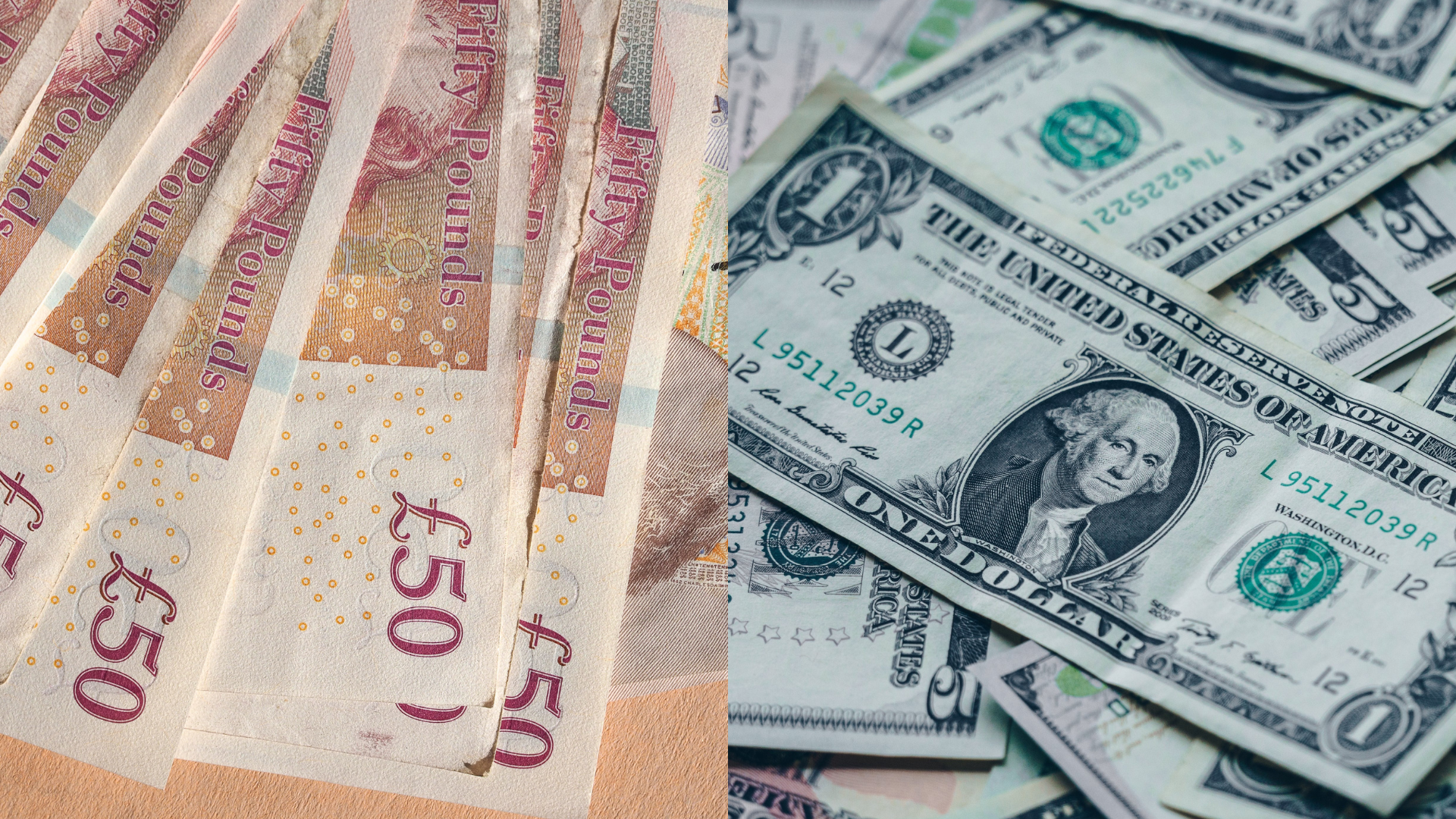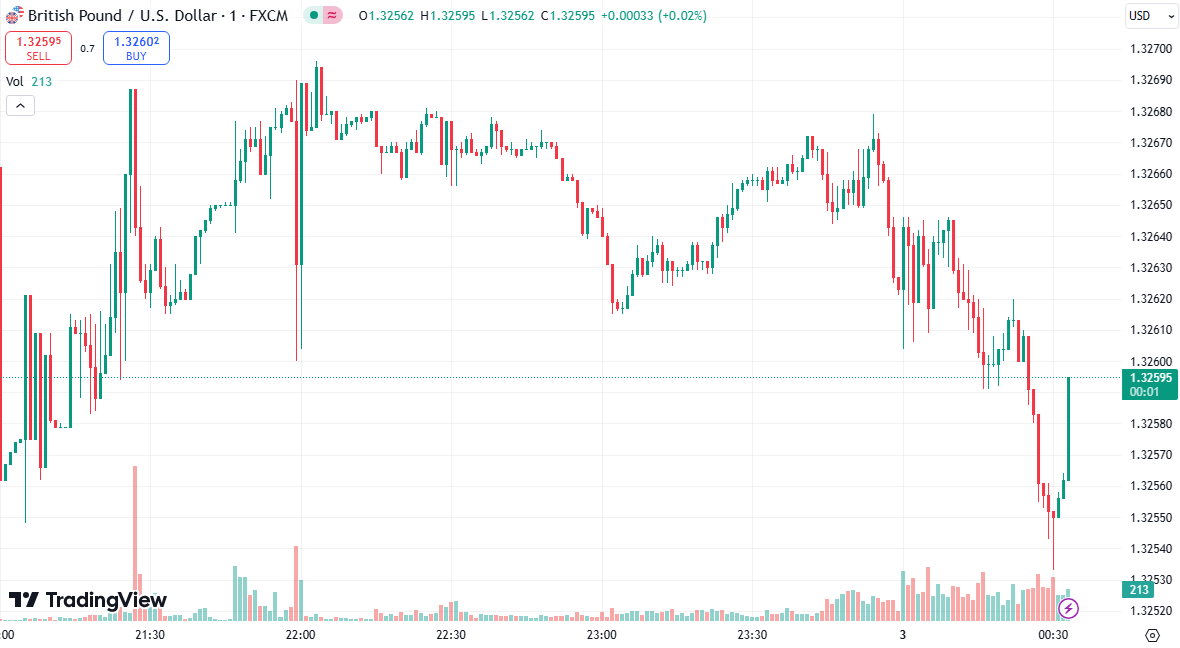
The GBP/USD pair weakened to 1.3265 in early Asian trading on Thursday, pressured by renewed demand for the US dollar amid intensifying geopolitical tensions. A surge in safe-haven flows to the dollar followed reports that Iran fired over 180 missiles at Israel on Tuesday—its largest-ever direct attack—escalating concerns of a broader conflict. Israel and the United States have vowed retribution, adding to investor fears of a wider war in the region.
The heightened geopolitical risks have driven market participants towards the safety of the Greenback, overshadowing other developments that typically influence currency markets. Meanwhile, traders are also eyeing key US economic data set to be released later this week, which could provide further momentum for the dollar.

The US ADP Employment Change data for September came in stronger than anticipated, with 143,000 new jobs added, above the forecasted 120,000 and August’s revised figure of 103,000. Attention now turns to Thursday’s US ISM Services PMI and weekly Initial Jobless Claims, followed by the more impactful US employment data on Friday, which could shape expectations about the Federal Reserve’s future policy moves.
For the British Pound, prospects are limited by expectations of a milder monetary policy from the Bank of England. The market anticipates that the Bank of England could cut interest rates by 25 basis points by the end of this year, potentially keeping GBP under pressure compared to other G-7 currencies. However, expectations of a relatively cautious approach to easing by the BoE could limit significant downside for the Pound, as market participants look for clues on broader economic resilience.
The backdrop of rising geopolitical tensions and resilient US labor market data supports the dollar’s strength, which has led to the GBP/USD softening below the critical 1.3300 mark. Investors are likely to remain cautious, closely watching both Middle East developments and the upcoming economic releases for direction.



